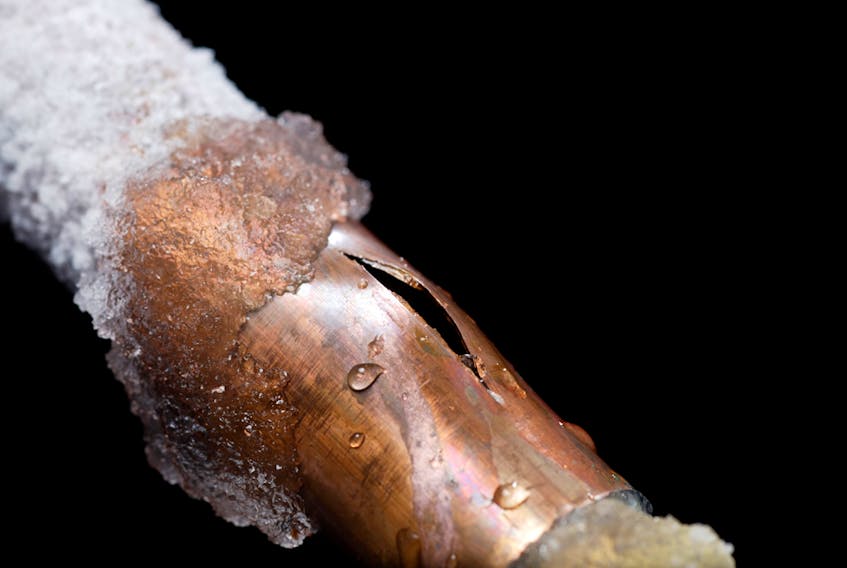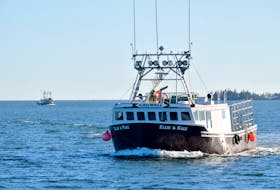While there’s nothing residents can do to change the frigid temperatures of late, there are ways to guard against frozen pipes and drains, a Nova Scotia plumber says.
“The first thing they should do is remove all the garden hoses off their outside faucets,” said Jim Henderson, owner of JD Henderson Plumbing & Heating.
“Because what that does, even though they are frost-free taps, if you leave your garden hose on, there is no way they can drain,” he said.
And if that happens, it could result in water flooding the basement once the faucet thaws, if it has been damaged during the freezing process.
But a more common problem Henderson encounters when temperatures dip below –15 C., is damage within homes that are heated by hot water. It comes if the radiators are covered over by long drapes or other items that block them off from the warm air circulating in a room.
“Now, what that does is make a little, wee refrigerator there,” he said, of standing water in radiators that have been shielded in some fashion. “It can’t get the warm air from the room to keep the pipe warm when it’s not calling for heat.”
And during the types of temperatures experienced in recent days, Henderson said it only takes nine minutes for standing water to become ice.
“I just came from one the other day and what they did is put all their wrapping from the Christmas tree in big garbage bags,” and then placed them against the hot water radiator, he said. “Froze it solid.”
Another good tip, he said, especially for mobile home residents or those living in older farm houses, is to keep the cupboard doors open under the kitchen sink so heat can circulate to keep the drain pipe from freezing. Likewise, with bathroom vanities.
“Open them up a little bit,” he said.
Another vulnerable area in mobile homes or other residences that have crawl spaces and, where cold drafts may be present, are the bathtub drains, he said.
To prevent those from freezing, Henderson recommends pouring about three quarters of a cup of Javex or non-toxic plumbing antifreeze into the bathtub drain.
Dripping taps are potential problems with residences that don’t have basements and are not well secured from drafts during cold snaps.
“A drippy tap can freeze a drain. That’s a big one,” he said.
That’s because the water drips will only travel a few metres down a drainpipe before freezing.
“Then the next drip comes behind it and by morning, you have a three-inch drain frozen solid.”
To remedy that, Henderson said to put a cup or other container under the drip to catch the water and when it fills up, pour it all down the drain at once.
Yet another crucial safeguard against freezing pipes for residences where water lines are wrapped with heat tape, is to ensure the tape is working.
“If you put an ice cube on the sensor, it will kick it right in and it will get warm right quick and you will know it’s working.”
But before replacing the heat tape, Henderson suggested checking the power source to ensure the outlet it is plugged into is functioning. If it isn’t, check to see if a breaker has been tripped on your power panel.









